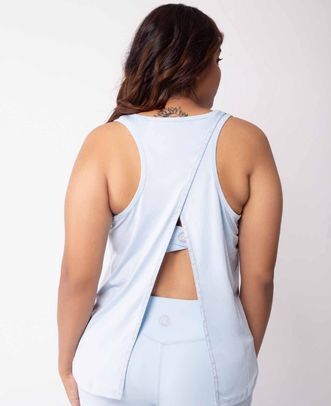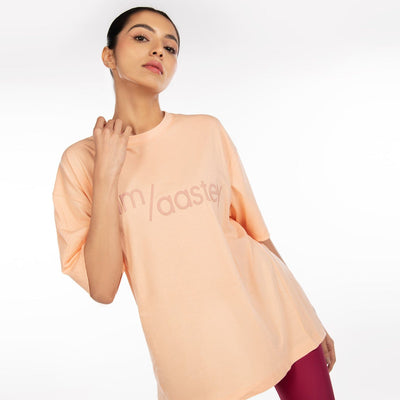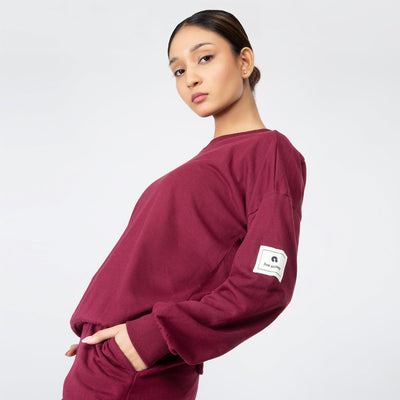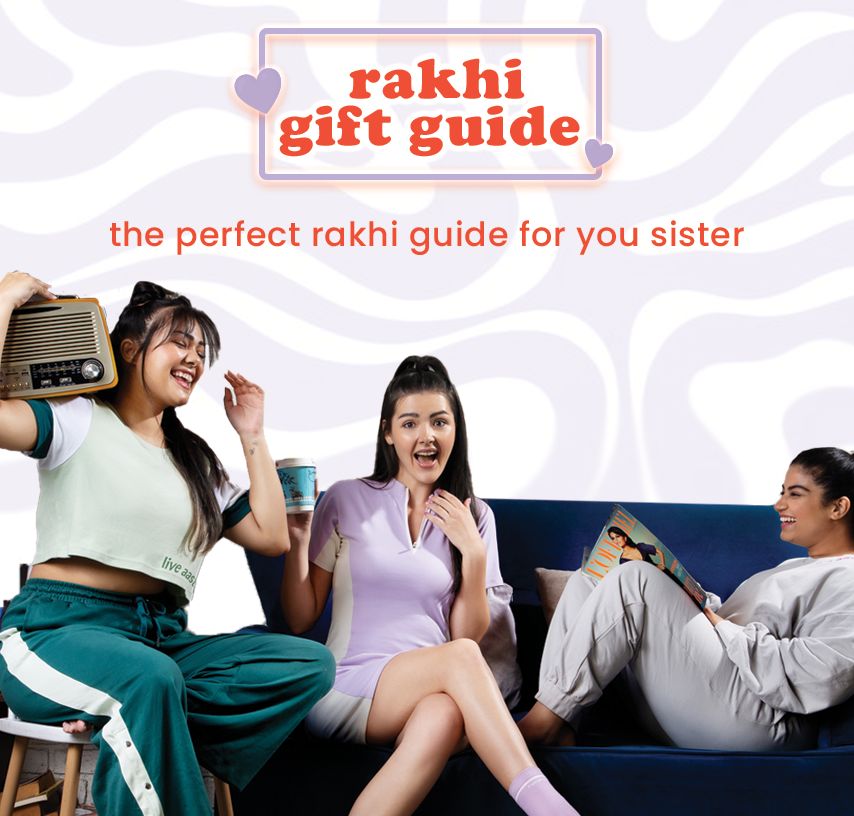hey tribe!
fashion is a big phenomenon in today’s world!
it is a well-known fact that pop culture, history, celebrities, musicians, aristocracy, television series, literature; all have a significant influence on fashion. everything we see now, from corsets to bell-bottoms, the length of the skirt to the height of the heels, has a historical element. so, let’s look at all the significant historical events that shaped fashion as we know it today in a world where trends are everywhere.

world war i and the spanish flu pandemic (1914-19)

the "war to end all wars" broke out in 1914, and the devastating spanish flu struck shortly after in 1918. 50 million people died from the flu worldwide, including 670,000 americans. in contrast, the previous world war i claimed 17 million deaths globally.
the unfortunate occurrences unintentionally led to an increase in female employment and even leadership positions. during the war, simple, functional attire and tunics worn over skirts were in style. as they worked outdoors and in factories for the war effort, women started donning practical clothes like overalls and pants. instead of resorting to the constricting corsets of the pre-war era after the war, women chose more contemporary and comfortable clothing that reflected their newly acquired freedom and right to vote following the end of wwi and the spanish flu pandemic.
the great depression (1929 - 1941)
with the 1929 stock market crash, the market declined as hemlines rose. because of hollywood's idolatry, the trends shifted to become more limited and conservative.
high waisted sailor pants and sports influenced shorts were immensely popular. the us had yet to recover from the great depression by the decade's end, while europe had already started the second world war.
world war ii (1939-45)
everything lost its shine as the second world war started. materials became scarce or even illegal, and clothing was manufactured from whatever was available at home. the second world war began shortly after the great depression, and during the first part of the 1940s, the war had a huge influence on fashion.

the first haute couture collection by christian dior, including elaborate dresses with tight waists and long skirts, was unveiled in 1947 following the end of the second world war. many people condemned the collection following the war's era of clothing restrictions as being extravagant and excessive. but it became increasingly popular among women who were prepared to put the war and its memories behind them. the most iconic silhouette of the late 1940s and early 1950s was the "bar suit" from dior's collection, which served as an example for several designers for many years to come.
the september 11 attacks (2001)

after the events of 9/11, a new wave of conservatism emerged, which had an impact on fashion. instead of choosing attractive or sensual apparel and accessories, new yorkers preferred functional attire and solid shoes.
technology and the internet's recent mainstream entry had a significant impact on fashion at the beginning of the 2000s. the "y2k" craze, which was caused by a coding error that might have caused the computers to crash globally, heralded the start of the new millennium. the sensual, futuristic looks portrayed by monochrome fashion and a heavy usage of metallics were emblematic of y2k fashion.
the plus size movement

as wall street collapsed and stock market figures plummeted, plus size fashion found its voice with a small handful of retailers and e-tailers standing up for them. with increased brand cooperation on and off the runway, this trend is still there and only getting stronger. along with the increase in plus-sized models walking the runway, hashtags like "#effyourbeautystandards" and "#celebratemysize" became more popular on social media.
sustainability and minimalism

as concerns about global warming and climate change grew, consumers became more selective about the products they bought, and organizations turned to more environmentally friendly supply chains. “less is more” and the idea of being fit were on people's minds, as opposed to extravagance in the past, which is why minimalist style and athleisure became popular.
covid - 19 pandemic (2022)

the beginning of the coronavirus pandemic caused a global lockdown. masks, gloves, and sanitizers have become necessities and perhaps even fashionable. due to this, brands have embraced digitalization and moved online to stay in business.
as humans, we have endured a great deal in order to "improve, overcome, and adapt." more specifically, to use that as a chance to learn and pave the road for better things in future.
just rise like a phoenix from the ashes and live aastey!

































